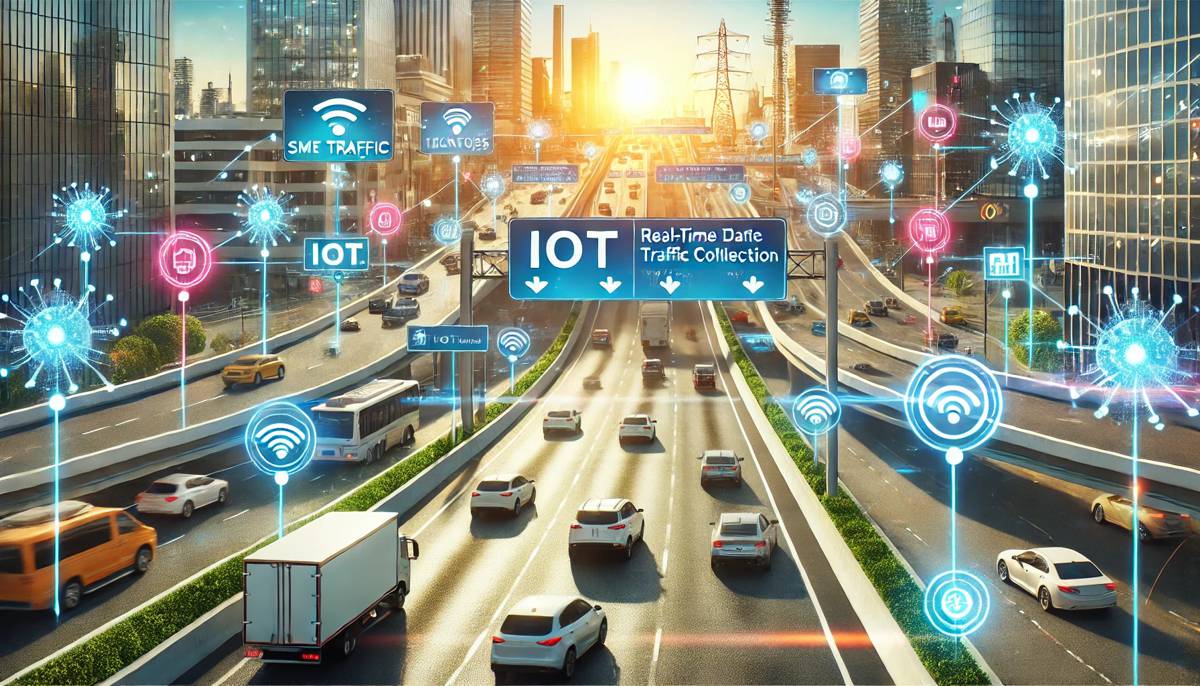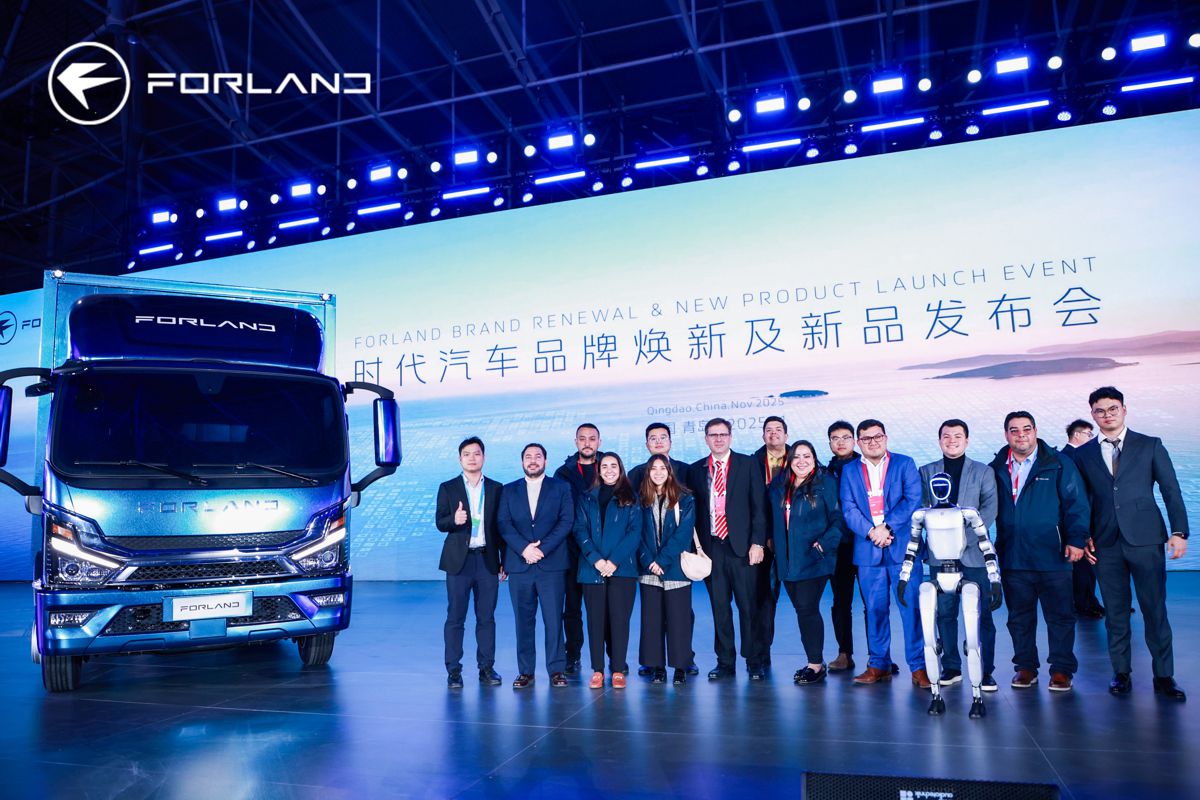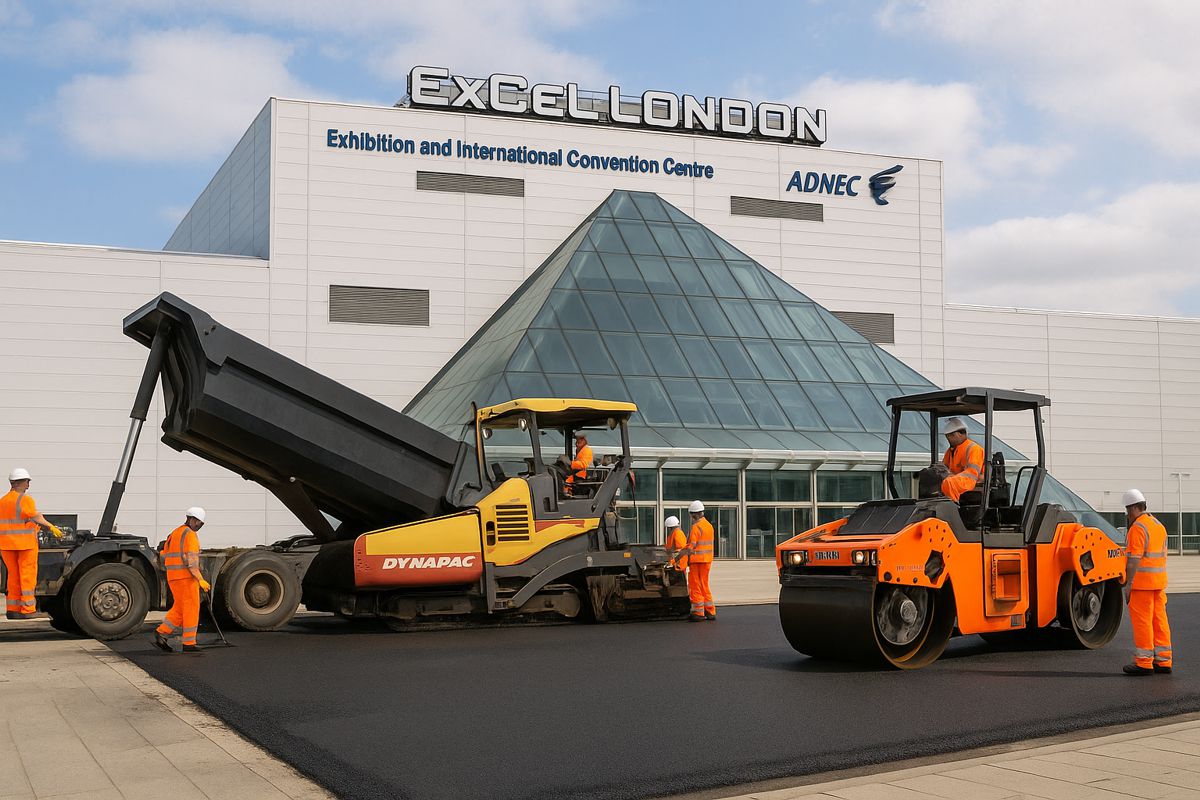How IoT is Revolutionizing Traffic Management on Smart Highways
The Internet of Things (IoT) is one of the driving forces behind the digital transformation of road infrastructure, especially when it comes to smart highways.
By seamlessly connecting devices, sensors, vehicles, and central control systems, IoT enables a real-time, data-driven approach to traffic management, making our roads safer, more efficient, and environmentally friendly. With the increasing demand for smarter cities and sustainable transportation systems, IoT technologies are rapidly becoming integral to the design and functionality of smart highways.
In this article, we’ll dive into the technical aspects of IoT’s role in revolutionizing traffic management and explore how the interconnected network of devices, vehicles, and infrastructure is reshaping the way we travel.
IoT Infrastructure is the Backbone of Smart Highways
The foundation of IoT on smart highways lies in its vast network of interconnected devices. IoT infrastructure includes a range of sensors, cameras, and communication systems embedded within the road and surrounding infrastructure, all capable of transmitting data to central traffic management hubs. The types of devices used in these systems include:
- Traffic Sensors: Embedded in the road surface, these sensors can detect vehicle speed, traffic density, and vehicle type. They monitor the flow of vehicles and send this data in real-time to control centres where decisions are made regarding traffic signals and lane management.
- Cameras: High-definition cameras equipped with machine learning algorithms are used to monitor traffic conditions, detect accidents, and identify incidents such as stopped vehicles or road debris. These cameras are often paired with thermal imaging for low-visibility conditions.
- Connected Traffic Lights: Traffic lights on smart highways are no longer static. IoT-enabled traffic lights adapt to real-time conditions, responding to data from sensors and adjusting their timing dynamically to keep traffic moving smoothly.
- Weather and Environmental Sensors: These sensors monitor road temperature, humidity, and other weather-related data. When conditions like ice or fog are detected, automated responses, such as adjusting speed limits or warning drivers via dynamic digital signage, are triggered.
All of these devices communicate using IoT protocols such as Zigbee, LoRa, and 5G, ensuring that data is transmitted securely and efficiently over long distances. This high level of connectivity is crucial for real-time traffic management and ensuring the safety of road users.
Real-Time Data is the Heart of Smart Traffic Management
At the core of IoT’s influence on traffic management is its ability to gather and analyse vast amounts of real-time data. The continuous flow of information from IoT sensors and devices allows for a more dynamic approach to traffic management.
For instance, real-time data from traffic sensors enables adaptive signal control. By analysing traffic flow in real-time, IoT-enabled systems can alter the timing of traffic signals to reduce congestion at busy intersections. These systems use predictive algorithms to anticipate when traffic will peak and adjust signal timings accordingly.
In addition, data analytics platforms can process the inputs from cameras and sensors to detect patterns and predict traffic incidents. For example, by tracking vehicle speeds and traffic density, an IoT system can predict where congestion is likely to occur and reroute vehicles accordingly, preventing bottlenecks before they form.
These systems can also detect and classify incidents, such as stalled vehicles, accidents, or road blockages, faster than traditional systems. By employing AI-driven image recognition technology, IoT-enabled cameras can automatically alert traffic management centres to dangerous situations, allowing for quicker emergency response and reducing the likelihood of secondary accidents.
Smart Traffic Lights and Adaptive Signalling
One of the most critical applications of IoT in smart highways is the development of smart traffic lights and adaptive signalling systems. These systems are designed to optimize traffic flow and reduce wait times at intersections, thus minimizing congestion and improving fuel efficiency.
Traditional traffic lights follow predetermined cycles, regardless of actual traffic conditions. In contrast, IoT-enabled traffic lights use real-time data from road sensors to dynamically adjust signal timing. This means that traffic lights can extend green phases when traffic density is high or prioritize emergency vehicles or public transportation during peak hours.
Adaptive traffic signals are often paired with vehicle-to-infrastructure (V2I) communication, where connected vehicles share their speed, location, and route data with the traffic management system. This data allows the system to anticipate where congestion might build and adjust signal timings to accommodate the incoming flow of vehicles, ensuring smoother traffic and reducing the likelihood of gridlock.
In more advanced implementations, smart highways use cooperative adaptive traffic control, where traffic lights not only respond to real-time data from sensors but also communicate with one another to create a coordinated response across multiple intersections. This system reduces the stop-and-go nature of traditional traffic lights and improves the overall traffic flow across entire highway systems.
Connected Infrastructure
A critical element of IoT-powered smart highways is the connection between infrastructure and vehicles through V2I and vehicle-to-vehicle (V2V) communication. IoT enables roads to communicate directly with vehicles, providing drivers and autonomous systems with up-to-the-second information on traffic conditions, road closures, accidents, or environmental hazards.
Dynamic Road Signage is one such example of this interaction. IoT systems can update digital road signs in real-time, informing drivers of changes in speed limits, lane closures, or alternate routes to avoid congestion. In the case of weather-related events like fog or icy roads, these signs can automatically adjust to warn drivers of unsafe conditions.
Furthermore, connected vehicles can share data with other nearby vehicles. If a car detects sudden braking, this information can be transmitted to surrounding vehicles, allowing them to slow down or change lanes, reducing the risk of accidents. These technologies are essential in creating collision avoidance systems, particularly in environments where human drivers and autonomous vehicles share the same road.
Reducing Environmental Impact Through IoT
Beyond improving traffic flow and safety, IoT is also playing a vital role in reducing the environmental footprint of transportation. Traffic congestion is a major contributor to greenhouse gas emissions, as vehicles idling in traffic emit carbon dioxide and other pollutants. By using IoT to optimize traffic flow, smart highways reduce the amount of time vehicles spend idling, leading to a decrease in emissions.
Additionally, IoT-enabled systems can prioritize eco-friendly transport options such as electric vehicles (EVs) and public transportation. Some smart highways are equipped with electric vehicle charging lanes, where IoT sensors detect when an EV is present and adjust the charging system to power the vehicle as it moves. These initiatives contribute to the reduction of fuel consumption and promote the use of renewable energy.
Challenges and Future Potential
While the potential of IoT in revolutionizing traffic management is immense, there are challenges that must be addressed to ensure its widespread adoption. The sheer volume of data generated by IoT devices presents both a technical and logistical challenge. Traffic management centres must be equipped with robust data analytics platforms capable of processing this data in real time, and networks must be able to handle the load of constant, high-volume data transmission.
Cybersecurity is another critical concern. As more devices become connected, the risk of cyberattacks increases. Protecting IoT systems from hacking is essential to maintaining the integrity of traffic management systems and ensuring the safety of road users.
Looking ahead, the integration of IoT with other emerging technologies such as 5G, AI, and edge computing will only further enhance the capabilities of smart highways. Real-time traffic management will become even more efficient, and the seamless communication between vehicles, roads, and infrastructure will continue to evolve.
A Smarter Future
IoT is revolutionizing traffic management on smart highways, transforming them into intelligent, adaptive systems that improve road safety, reduce congestion, and minimize environmental impact. By leveraging real-time data from sensors, cameras, and connected vehicles, smart highways can make informed decisions to optimize traffic flow, predict incidents, and respond to changing conditions with unprecedented efficiency.
As IoT technology continues to advance, its role in smart highways will expand, driving the future of transportation toward safer, greener, and more connected roads. The transformation is just beginning, and the full potential of IoT on smart highways is yet to be realized, promising a future where traffic is smarter, faster, and more efficient than ever before.




















